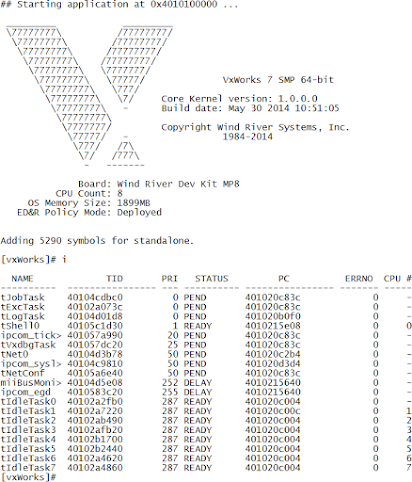Following the announcement that the Ingenuity drone aboard Perseverance uses Linux as its operating system, there has been great interest in where this will lead software on future NASA missions.
It has been written by others, quoting NASA sources, that normally, the NASA missions are loaded with VxWorks, a proprietary software used on such missions.
In terms of software, Perseverance is running on the VxWorks™ Operating System. It is an example of Real-time Operating System - this means that it processes data in real-time, as the data arrives from the many instruments from Perseverance. This is important because it enables Perseverance to process data as it comes in. This is in contrast to other kinds of operating systems. Leading among these is the ability of the operating system to run many tasks on a schedule.
Seen in this way, it is simple to understand how the instruments and inputs on Perseverance, and Curiosity, since they share the same VxWorks OS, are aligned to run for maximum efficiency.
System stability and efficiency is the chief concern of the NASA crew because every second counts on Mars. There is only the one Perseverance, new missions are few and far between. Gathering, processing data and sending data back to Earth must be executed to draw maximum value from the mission.
Recalling, the mission imperatives of Perseverance is to support the wider Mars Exploration Program.
- Looking for previous habitats capable of supporting microbial life.
- Seeking biosignatures of microbial life in those environments from 1., in rocks particularly
- Storing core rock and soil/ dust samples read
- Preparing for humans: test oxygen production from the Martian atmosphere.
Software is critical to all of these imperatives. This ranges from basic functions of sending parameter data back to Earth - including barometric pressure, images and sound, temperature and radiation, to the more detailed output data from the experiments on-board Perseverance.
By using VxWare, NASA brings a proven approach to delivering a mobile platform, loaded with experiments, to Mars. Contrasting this with previous missions - the sister craft Curiosity - launched in 2012 - carried the same OS. While it may seem that this OS is the preserve of high profile missions such as these rovers, it has been used on many space vehicles.
Most notable of these are the SpaceX Dragon and the Juno spacecraft currently orbiting Jupiter. The Dragon of course is known to self-dock with the ISS.
Let's contrast this with the software and OS systems we use each day. The most common
Looking at ARK Invest's recent Big Ideas 2021 document, there is a clear runway shown down about how future data centres and supercomputers will have not CPUs, not GPUs, but artificial intelligence chips - the ones mentioned in ARK's article are based on ARM and RISC-V architecture chips. In the future, there will be a range of these high efficiency, high processing power chips powering the future Mars missions.
You can reach me on social media: Twitter @Ronnie_Writes


Comments
Post a Comment